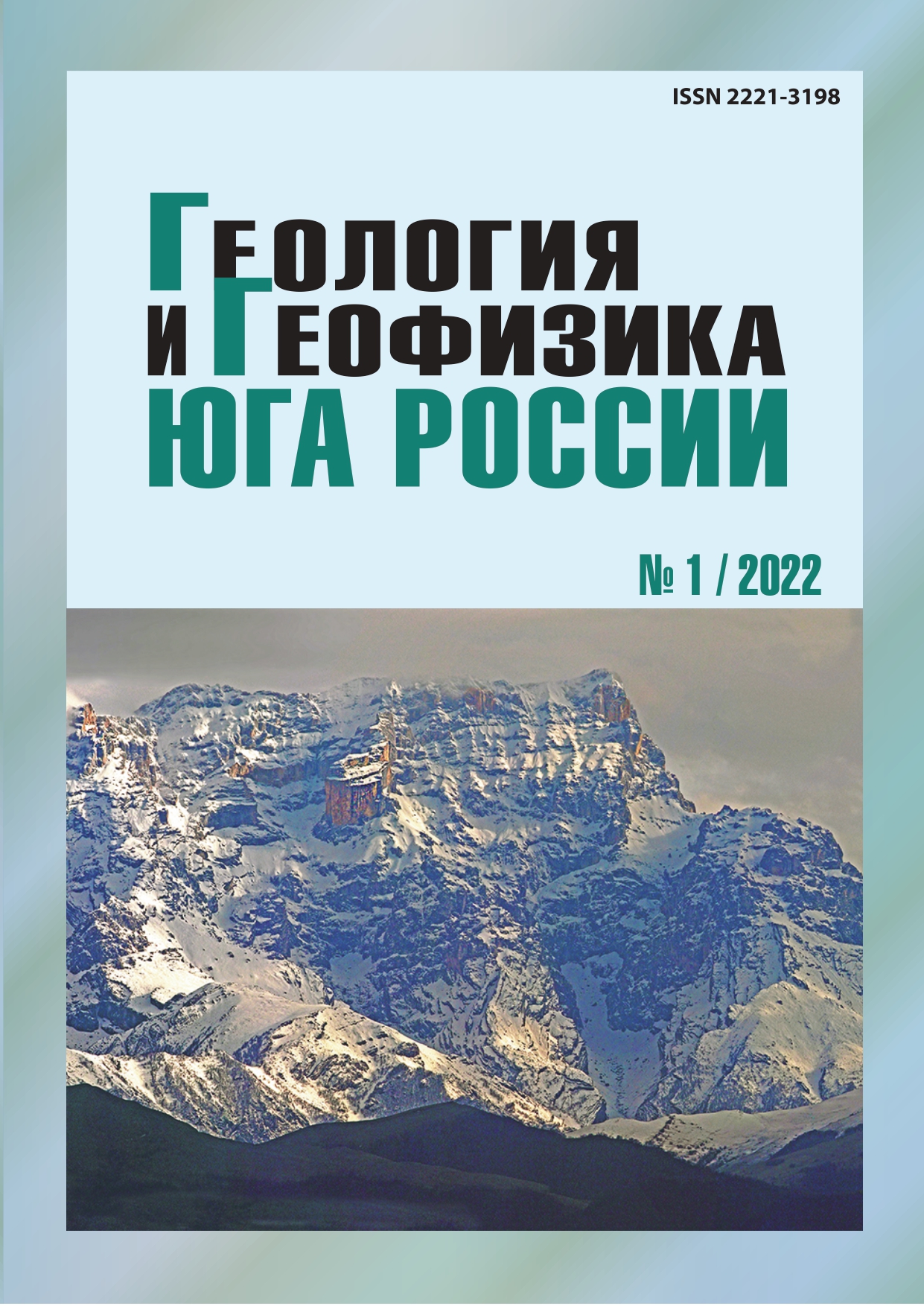Correlation between the value of macroseismic intensity and the indicators of instrumental records of the Gouban earthquake of 2000 and the Tbilisi earthquake of 2002
Abstract
Relevance. Seismic effect is traditionally assessed based on the data from an engineering macroseismic survey of the consequences of strong and destructive earthquakes. Being an objective characteristic of the released seismic energy, the value of macroseismic intensity should be related to the instrumental parameters of seismic vibrations. Instrumental records are necessary for the assessment of effect in the near zone of earthquakes. Although many records in the world have been accumulated due to the development of strong motion networks, there are only separate records of strong movements in the Caucasus, which are confirmed by the results of a detailed macroseismic survey. In this regard, the records of earthquakes obtained in 2000 and 2002 on the territory of Tbilisi are unique. Aim. The aim of the paper is to determine the energy indicators of seismic impact based on the instrumental records of earthquakes of various intensity and power capacity of different types of structures manifested in the final macroseismic effect. Methods. Parameters of records were calculated according to generally accepted methods proposed by various authors: Arias intensity, cumulative absolute velocity, Ang intensity, Housner intensity, Fajfar measure, total energy measure, real spectrum area, as well as weighted average frequency, vibration period and duration. Comparison of the results was carried out by the methods of regression analysis. Results. As a result, the best correspondence between the real earthquake effects and the parameters describing the energy characteristics of the signal was established. In this case, various frequency ranges are considered. All of the used assessments of instrumental intensity are based on the horizontal component, however, as the analysis of the records of the Tbilisi earthquakes showed, the manifestation of the vertical component is large in the near zone. Probably, the developed measure of instrumental intensity should contain a combination of both components.


